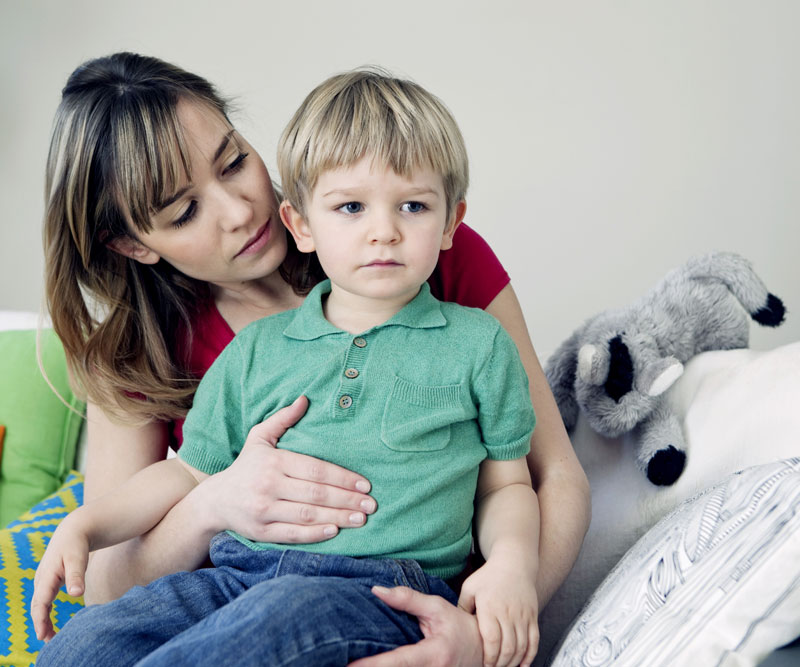Diarrhoea, commonly known as intestinal flu or stomach flu, is caused generally when the gut is infected by a special type of virus or bacteria. In such a condition, the patient experiences passage of two or more loose stools per day. Prolonged diarrhoea leads to dehydration due to the sudden loss of body fluids. Unhygienic sanitation, contaminated drinking water, food poisoning, medications like antibodies or laxatives are the main causes of diarrhoea. There are studies which show that children are more prone to the ill effects of diarrhoea than adults as they get dehydrated and malnourished more quickly. Now let us look at some important facts about Diarrhoea in children.
Diarrhoea is the second most common cause of death in children under 5 years of age
As per WHO reports, it has been estimated that almost 5,25,000 children below 5 years die due to diarrhoea yearly. Almost 1.7 billion cases of diarrhoea in children are reported every year all around the world. It is also considered to be the main cause of malnutrition in children.
Difference between acute and chronic diarrhoea in children

When the diarrhoeal symptoms last for a few hours or days, it is called acute watery diarrhoea. Acute bloody diarrhoea, also known as dysentery, is when blood or mucus is found in stool. Chronic diarrhoea is when the symptoms do not recede for more than 14 days. In chronic diarrhoea, the child is not able to absorb adequate nutrients from the food that they have, leading to a condition called Malabsorption. It also causes dehydration as the body loses more fluids and electrolytes than required.
Major causes of diarrhoea in children
Contaminated food and water sources are the most significant causes of diarrhoeal diseases. As per some reports, almost 780 million people in the world do not have access to clean drinking water while over 2.5 billion people suffer due to unhygienic sanitation. A variety of bacteria, virus and parasitic organism is found in contaminated food and water, leading to infections of the intestine.
Prevention measures for diarrhoea in children

Children should always be given safe and clean drinking water. Care must be taken to make enough arrangements for hygienic sanitation. Also, they should avoid eating street food or contaminated food. Handwashing with soap regularly is also a good way to prevent this disease.
Treatment options for diarrhoea in children

Diarrhoea could lead to dehydration and doctors may prescribe ORS to treat this medical condition in severe cases. Although ORS does not completely cure diarrhoea, it is a vital component of the treatment procedure as it helps in replenishing the lost body fluids and essential salts. According to certain statistics, almost 90 to 95% of patients suffering from acute watery diarrhoea can be effectively treated with Oral Rehydration Therapy. Always remember to use clean, and preferably boiled drinking water to prepare the Oral Rehydration Solution. If you are using boiled water, remember to cool the water before adding the ORS powder in it. Wash your hands with soap before feeding the solution. Avoid using the same solution, the next day.
ORS Coslyte is formulated by following the WHO standards of osmolarity, making them ideal to fight the symptoms of dehydration caused due to diarrhoea. Apart from ORS, it is important to keep the child hydrated by feeding breastmilk or juices at regular intervals. Doctors may also prescribe probiotics if required and it is advisable to eat low fibre food in this condition.
To put it briefly, children are more susceptible to diarrhoea than adults. Ensuring hygienic sanitation and access to safe drinking water can help prevent diarrhoea in children to a great extent. Also, ORS plays a vital role to help children stay hydrated during diarrhoea. Always seek medical advice at the earliest for faster recovery.

